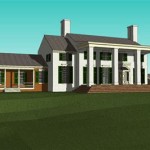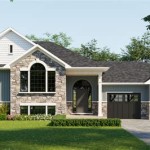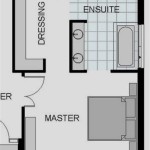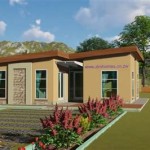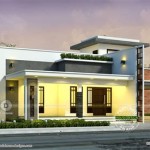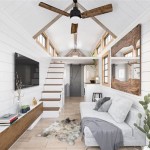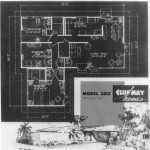Plan Houses Of Worship: Essential Aspects
As a house of worship, your building should be a welcoming and inspiring place for people to come together and connect with the divine. Planning a house of worship is a complex undertaking, but by considering the following essential aspects, you can create a space that meets the needs of your congregation and community.
1. Purpose and Vision
The first step in planning a house of worship is to define its purpose and vision. What is the mission of your congregation? What kind of worship experience do you want to create? Once you have a clear understanding of your purpose and vision, you can make informed decisions about the design and layout of your building.
2. Site Selection
The location of your house of worship is critical. Consider factors such as accessibility, visibility, and potential for growth. You will also need to make sure that the site is large enough to accommodate your building and any future expansion plans.
3. Architectural Design
The architectural design of your house of worship should reflect the purpose and vision of your congregation. Consider the following factors:
- Style: The style of your building should be consistent with the character of your congregation and the surrounding community.
- Layout: The layout of your building should be functional and conducive to worship. Consider the flow of traffic, the placement of seating, and the location of the altar or other focal point.
- Materials: The materials used in the construction of your building should be durable and aesthetically pleasing. Consider the climate and the maintenance requirements of different materials.
4. Interior Design
The interior design of your house of worship should create a warm and inviting atmosphere. Consider the following factors:
- Colors: The colors used in your building should be calming and uplifting. Avoid using colors that are too bright or garish.
- Lighting: The lighting in your building should be adequate for both worship and other activities. Consider using natural light as much as possible.
- Furnishings: The furnishings in your building should be comfortable and functional. Consider the size and style of your building when selecting furnishings.
5. Accessibility
Your house of worship should be accessible to everyone, regardless of their age or physical abilities. Consider the following factors:
- Ramps and elevators: If your building has multiple levels, you will need to provide ramps or elevators to make it accessible to everyone.
- Wheelchair seating: You should provide designated seating areas for people who use wheelchairs.
- Assistive listening devices: You should provide assistive listening devices for people who are hard of hearing.
6. Sustainability
As a house of worship, you should be mindful of the environment. Consider the following factors:
- Energy efficiency: You should use energy-efficient appliances and lighting fixtures in your building.
- Water conservation: You should install water-saving fixtures in your building.
- Recycling: You should implement a recycling program in your building.
7. Flexibility
Your house of worship should be able to accommodate a variety of uses, such as worship services, educational programs, and community events. Consider the following factors:
- Multi-purpose spaces: You should design your building with multi-purpose spaces that can be used for a variety of activities.
- Movable furniture: You should use movable furniture in your building so that it can be easily reconfigured to accommodate different uses.
- Technology: You should install technology in your building that can be used for a variety of purposes, such as presentations, video conferencing, and live streaming.
By considering these essential aspects, you can plan a house of worship that meets the needs of your congregation and community for years to come.

Church Floor Plans And Designs

Church Plan 126 Lth Steel Structures Building Design

Church Building Plans Design

Church Building Plans Design Architecture

Church Plan 114 Lth Steel Structures

First Floor Plan Second Baptist Church 416 Vine Street Madison Jefferson County In Library Of Congress

Church Buildings Designed For Your Congregation General Steel Building Design Plans

Noelridge Church Floor Plan Cedar Rapids Ia
Floor Plan Of The Church Scientific Diagram

Church Floor Plans 30 40 K Square Feet Building Design Modern

